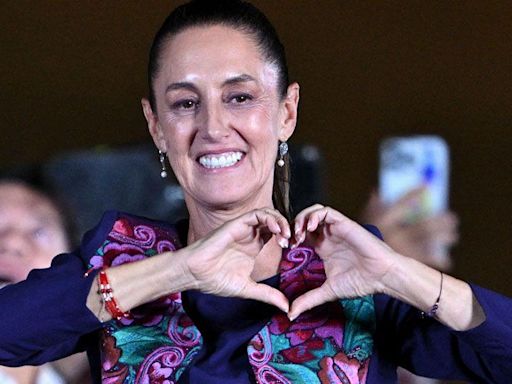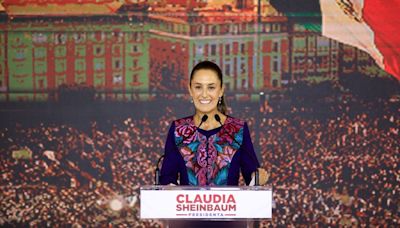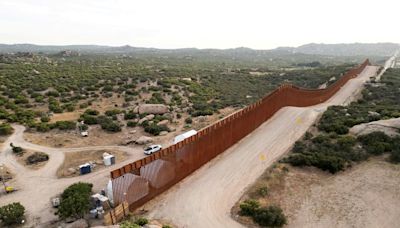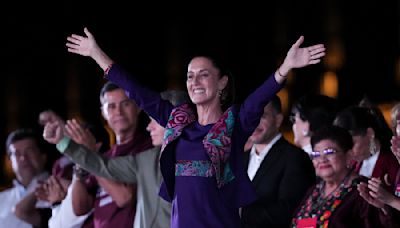Search results
How the president is elected. Find out how a candidate becomes president of the United States. Learn about caucuses and primaries, political conventions, the general election, the Electoral College, and more. Overview of the presidential election process.
- Voting and Election Laws
How the president is elected Inauguration of the president...
- Requirements for Presidential Candidates
Learn the requirements to run for U.S. president. These...
- Inauguration of The President
Learn about Inauguration Day in the U.S., when the...
- Voting and Election Laws
The president is elected to a four-year term via an electoral college system. Since the Twenty-second Amendment was adopted in 1951, the American presidency has been limited to a maximum of two terms. The table provides a list of presidents of the United States. Presidents of the United States. no.
No.PresidentBirthplacePolitical Party46Pa.45N.Y.44Hawaii43Conn.- The Editors of Encyclopaedia Britannica
List of presidents of the United States from 1789 – till date. No. Portrait Name (Birth–Death) Term Party Election Vice President; 1: George Washington (1732–1799) April 30, 1789 – March 4, 1797: Unaffiliated: 1788–1789
No. [a]PortraitName (birth–death)Term [14]January 20, 2021 – IncumbentDonald Trump (b. 1946) [74]January 20, 2017 – January 20, 2021Barack Obama (b. 1961) [73]January 20, 2009 – January 20, 2017George W. Bush (b. 1946) [72]January 20, 2001 – January 20, 2009Electors chosen this way are pledged to vote for a particular presidential and vice presidential candidate (offered by the same political party). Although the president and vice president are legally elected separately, in practice they are chosen together. Tie votes
- Overview
- The Electoral College
- Review questions
A high-level overview of the presidential election process.
US presidential elections are held every four years, but the process is long and consists of several stages. It can take candidates more than a year of campaigning even to win the nomination of their party, let alone the presidency itself.
The president and vice president are formally elected at the Electoral College in December following the general election. Electors from each state plus the District of Columbia cast votes; most states require all their electors to vote for the statewide popular vote winner. This “winner-takes-all” approach to distributing electors raises questions over the extent to which the Electoral College facilitates or impedes democracy.
Critics of the Electoral College highlight the potential for a candidate to lose the nationwide popular vote but win the presidency, as in the elections of 2000 and 2016. The “winner-takes-all” allocation of most electors in the Electoral College also means that voters in “safe states” (those that have consistently voted for the same party in recent presidential elections, such as California and Texas) are often less engaged and less motivated to vote in a presidential election, compared to voters in more competitive “swing states” where both Democratic and Republican candidates have won recently, such as Florida and Ohio.
On the other hand, defenders of the Electoral College argue that it incentivizes candidates to campaign in states of different sizes, rather than just the largest states and cities, and that it keeps a prominent role for the states in a federal election.
[I'm still confused about the Electoral College . . . is there some other way you could explain it?]
What are the stages of a presidential election?
What are the arguments for the Electoral College facilitating democracy?
What are the arguments for the Electoral College impeding democracy?
[Notes and attributions]
In some states electors were appointed by the legislature, in others they were popularly elected, and in still others a mixed approach was used. In the first presidential election, in 1789, four states (Delaware, Maryland , Pennsylvania, and Virginia) used systems based on popular election.
Learn about U.S. presidents and presidential elections from George Washington and Thomas Jefferson to John F. Kennedy and Joe Biden.






